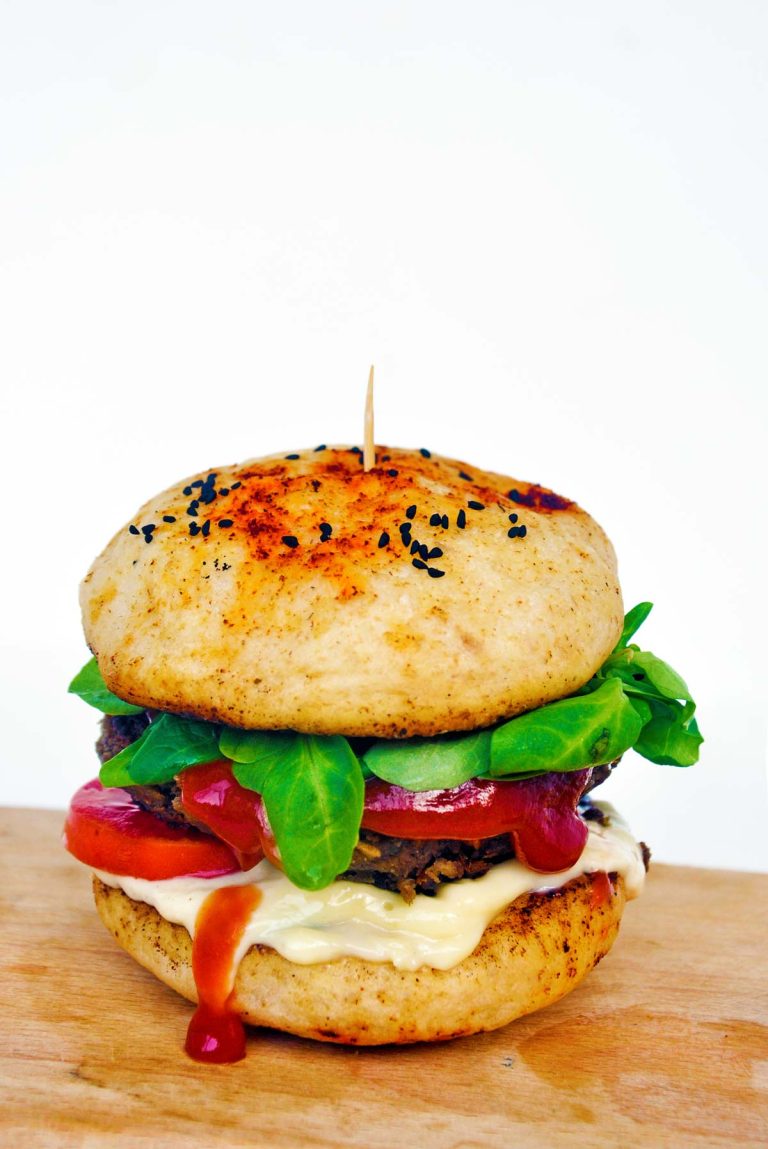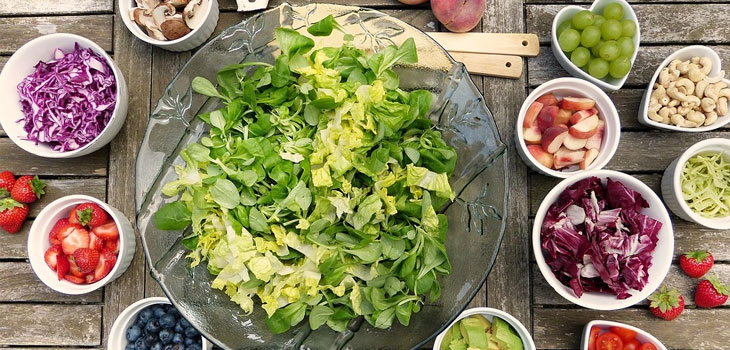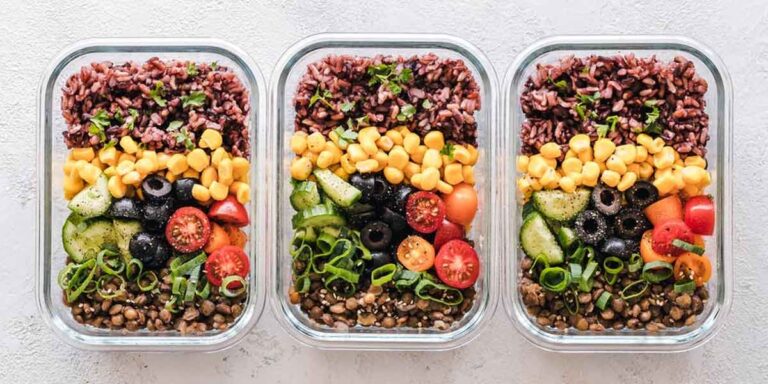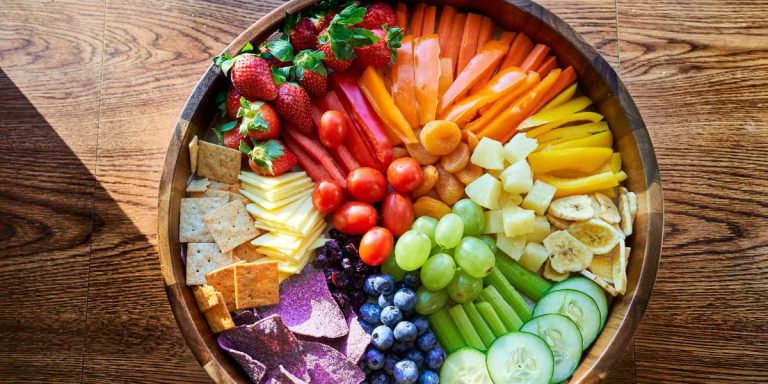How to Store and Handle Food Ingredients Properly
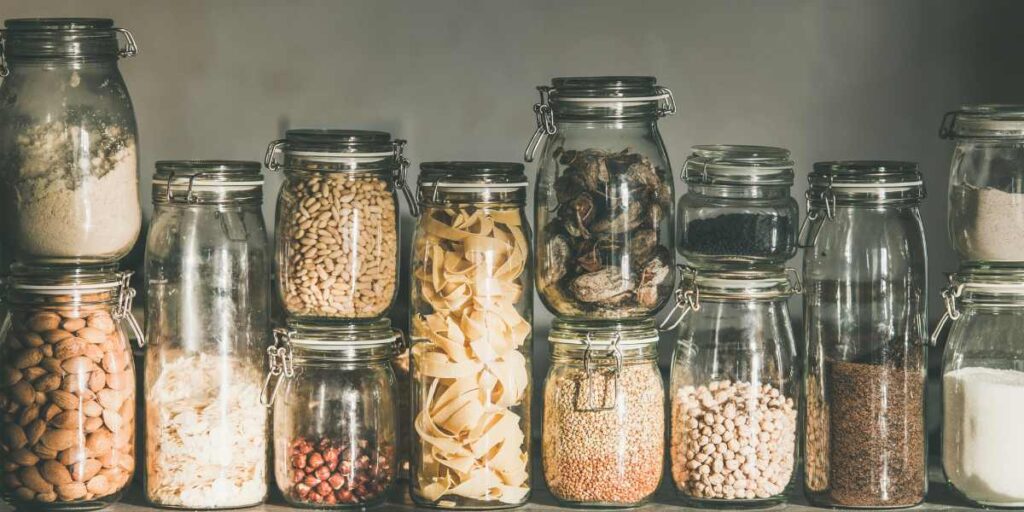
Did you know that an estimated 1.3 billion tons of food produced in the world for human consumption is wasted or lost costing around $1trillion annually? Food loss is a big problem that not only affects the pockets, but also the supply that goes around. Thus, it is critical that provisions are fresh and safe to minimize loss and also to do our best to reduce food waste.
Storing and handling food ingredients properly is essential to maintaining their quality and safety. Here is a guide to help you store and handle food ingredients properly:
Keep food at safe temperatures
The right temperature is vital in preserving the condition of food. Therefore, ingredients must be stored at the correct temperature. Raw materials must come from reliable suppliers because if they did not follow the cold chain custody, then chances are high that the ingredients are already spoiled. For example, meat should always be kept between 3-4℃ in the fridge or frozen for transport. Raw meat is a delicate item and must be conserved and transported in optimal conditions. Failure to do so will change its color, odor, texture, and taste.
Frozen items require a temperature of -18℃ while fresh items such as fruits and vegetables between 0℃ to 4℃ depending on whether they are chill-sensitive or not. Monitoring the temperature of the fridge will ensure that foodstuff is kept under optimal conditions. It’s also vital that perishables are not consumed beyond their ‘best by’ dates to avoid potential problems such as food poisoning or an upset stomach. Furthermore, ingredients that have turned rancid affect the flavor and quality of meals.
Here are a few things to keep in mind when it comes to keeping food at safe temperatures:
- Hot food should be kept at 140°F (60°C) or higher
- Cold food should be kept at 40°F (4°C) or lower
- Foods should not be left at room temperature for more than 2 hours: bacteria can grow rapidly at temperatures between 40°F (4°C) and 140°F (60°C). This is known as the “danger zone”.
- Use a food thermometer.
- Reheat food properly: Bring it to a temperature of at least 165°F (74°C) to kill any bacteria that may be present.
By keeping food at safe temperatures, you can reduce the risk of food poisoning and ensure that your food is safe to eat. It’s important to keep in mind that some food may require special handling like seafood, meat, and dairy products. It’s always a good idea to consult the FDA guidelines for storing and handling food safely.
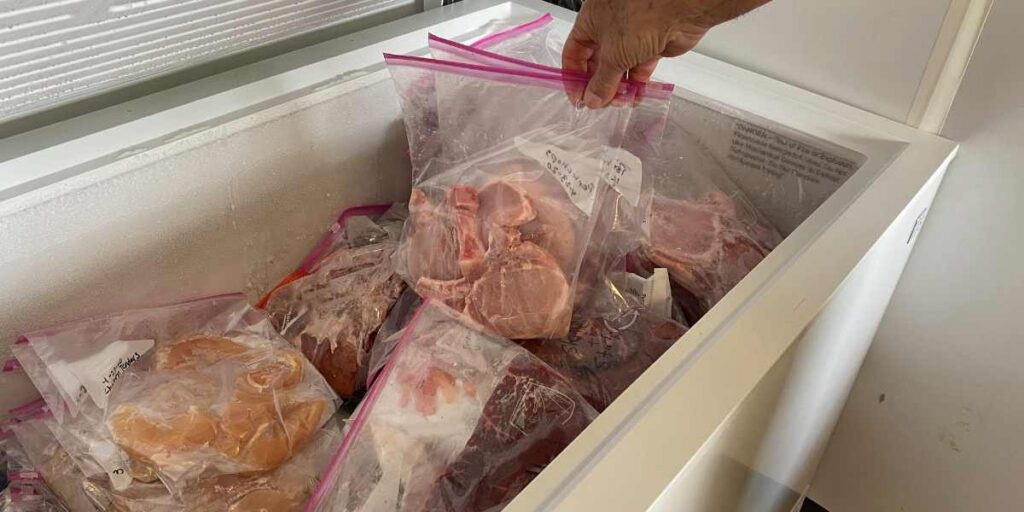
Store dry goods in airtight containers
Dry goods such as flour, sugar, and rice can attract pests and absorb moisture if not stored properly. Store them in airtight containers or in the original packaging and keep them in a cool, dry place.
This is important in order to avoid pest invasion. For example, insects are drawn to fruits because of their sugar content. Flies are also likely to lay their eggs that will, in turn, produce maggots. Therefore, fruits and vegetables must be washed and dried before storage to avoid contamination and infestation. If unrefrigerated, cover fruits with a fine mesh net to prevent insects or rodents from getting to them.
Make sure that the lids of opened jars and bottles are closed tightly while keeping loose dry goods stored in sealed and labelled containers will prolong their shelf life. But before putting away canned goods, do not forget to wash and wipe them dry for dust and other foreign matter.
Moreover, ensure that the pantry or stock room is well ventilated and pest free so that dry ingredients remain unspoiled.
Keep fresh produce in the refrigerator
Fruits and vegetables should be stored in the refrigerator as soon as possible to extend their shelf life. Some fruits and vegetables release ethylene gas, which can cause other fruits and vegetables to ripen and spoil more quickly, so it’s important to store them separately.
Keep meat and dairy products in the refrigerator
Meat and dairy products should be stored in the refrigerator at 40°F (4°C) or below to prevent the growth of bacteria. Be sure to use or freeze them before the expiration date.
In this regard, cleaning appliances regularly prevents bacteria from spoiling inventory. Sanitizing handles, shelves, containers, and racks is also recommended. Proper storage practices are crucial too in preserving foodstuff. As such, unprepared meat, poultry, and fish should sit on the bottom shelf separated from vegetables and fruits, to prevent cross-contamination. Moreover, if you’re wondering how to thaw frozen fish, it’s best to do so in the refrigerator or under cold running water to ensure safety and maintain quality.
Keep frozen food at 0°F (-18°C)
Frozen food should be stored at 0°F (-18°C) or below to maintain their quality.
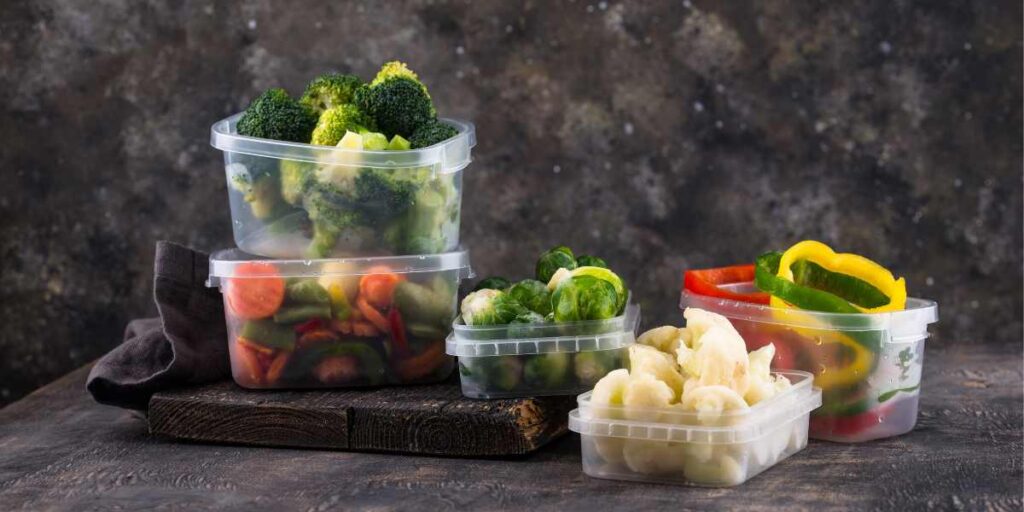
Use the first in, first out method
Use the oldest food first to prevent waste. The “first in, first out” (FIFO) method is a food inventory management strategy that ensures the oldest food items are used before they expire. The idea behind FIFO is to rotate food items so that the first items purchased are the first items used. This helps to prevent waste by ensuring that older items are used before they expire.
Here are a few ways to implement the FIFO method:
- Label and date food items: Label and date food items with the date they were purchased or prepared, so you can easily keep track of when they were added to your inventory.
- Organize your pantry and refrigerator: Organize your pantry and refrigerator so that older items are placed in front and newer items are placed in the back. This way, you’ll use the older items first.
- Use a whiteboard or a calendar: Use a whiteboard or a calendar to keep track of when food items were added to your inventory, and to schedule when you will use them.
- Take stock of your inventory regularly: Take stock of your inventory regularly and make sure to use the oldest items first.
By using the FIFO method, you can reduce the amount of food waste by ensuring that older items are used before they expire, also you can save money by buying less food and reducing the need to throw away spoiled food.
By following these guidelines, you can ensure that your food ingredients are stored and handled properly, which will help maintain their quality and safety, and also help you to save money by reducing food waste.
If you make this, please leave a review and rating if you liked this recipe! ★★★★★

